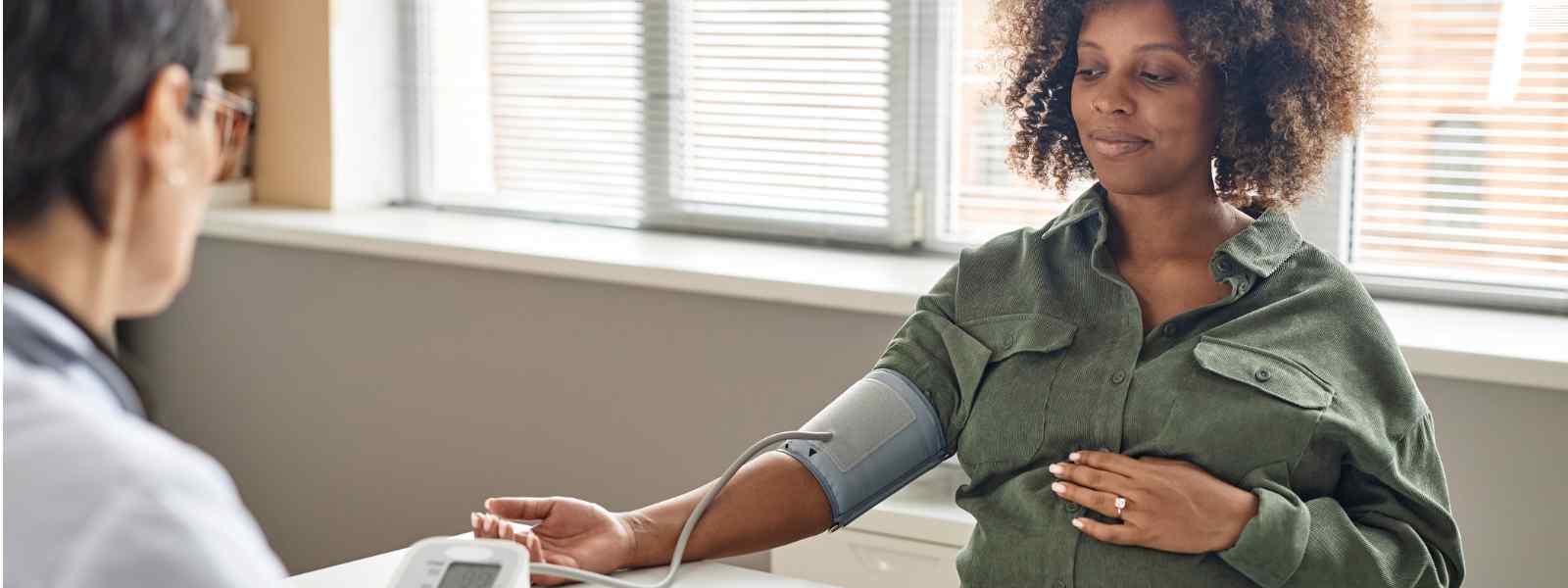
Current models for assessing risk for women with pre-eclampsia do not perform adequately if used repeatedly over time, according to new research.
The study, in which the University of Strathclyde was a partner, involved nearly 9000 women, in 12 countries, whose pregnancies were complicated by pregnancy hypertension, or high blood pressure.
The international research group investigated whether the two best tools for assessing these risks, known as fullPIERS and PIERS-ML, should be used repeatedly over time. The UK National Institute for Health and Care Excellence (NICE) currently recommends that these tools be used repeatedly.
The tools are deployed to help pregnant women living with hypertension and their maternity care providers, such as midwives and obstetricians, make decisions about when and where to deliver a baby.
However, the study found that fullPIERS and PIERS-ML lost reliability if they were used repeatedly, especially beyond five days after initial evaluation. The researchers are working on new tools to address the problem.
Inaccurate predictions
The researchers believe that most of these tools do not take into account the possibility that risks may change over the following days. The static nature of the tools means that repeated use can produce increasingly inaccurate predictions.
The researchers recommend that the fullPIERS and PIERS-ML tools should be used, when there is no better alternative, with greater caution, as women’s health risks change over time.
The study has been published in the journal PLOS Medicine.
Co-first author Dr Tunde Montgomery-Csoban, a Teaching Associate in Strathclyde’s Department of Mathematics and Statistics, said: “Static tools use only data from a snapshot of time – they work well when used on admission, but even a difference of two days can affect them significantly.
For monitoring the change over time, we need methods that don’t just use the ‘now’ but the entire history since diagnosis. We are currently developing such tools.
The study was co-led at the University of Groningen and King’s College London and involved women living in Australia, Brazil, Canada, Fiji, Finland, the Netherlands, New Zealand, Pakistan, South Africa, Uganda, the United Kingdom, and the United States. Two of these women have since died.